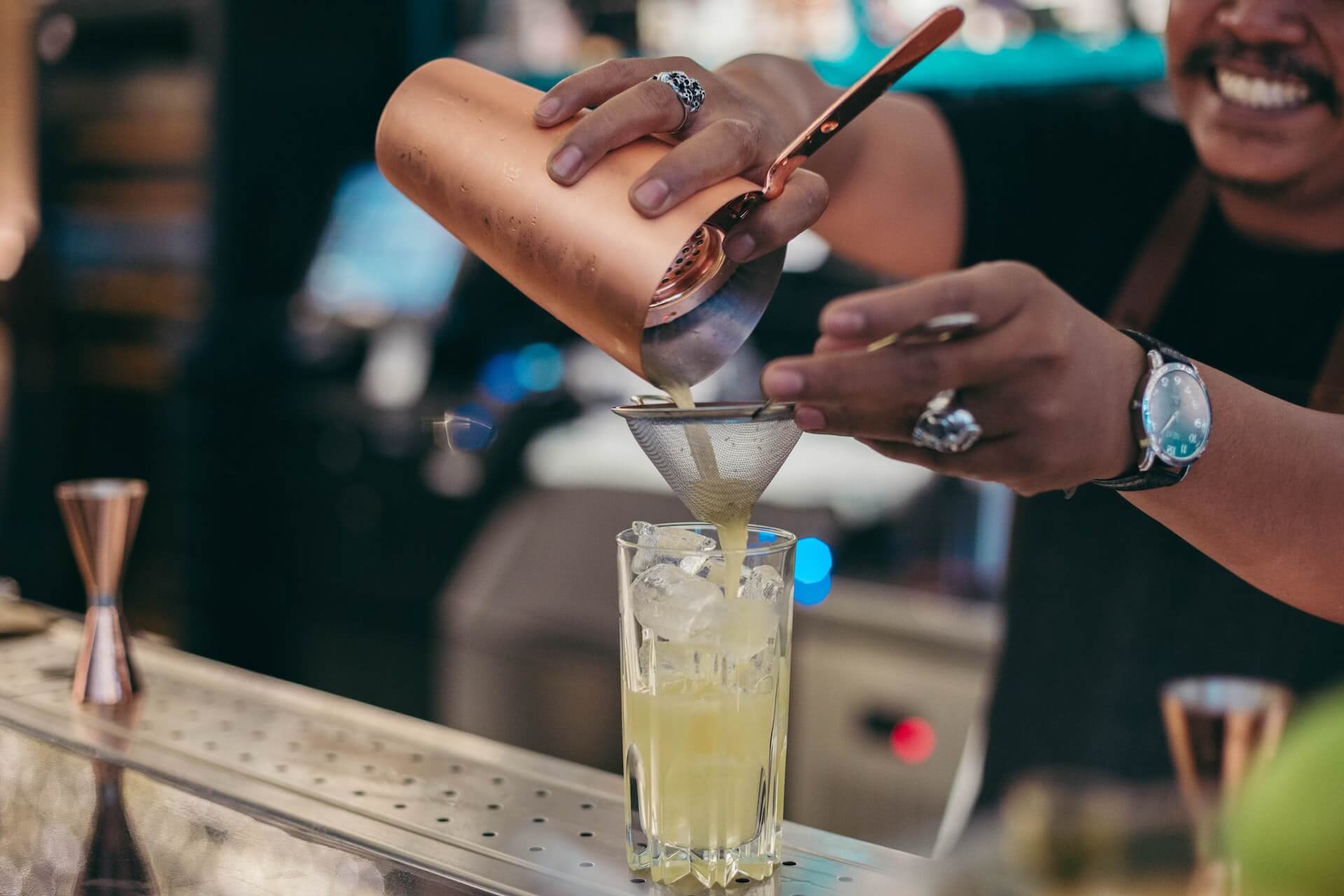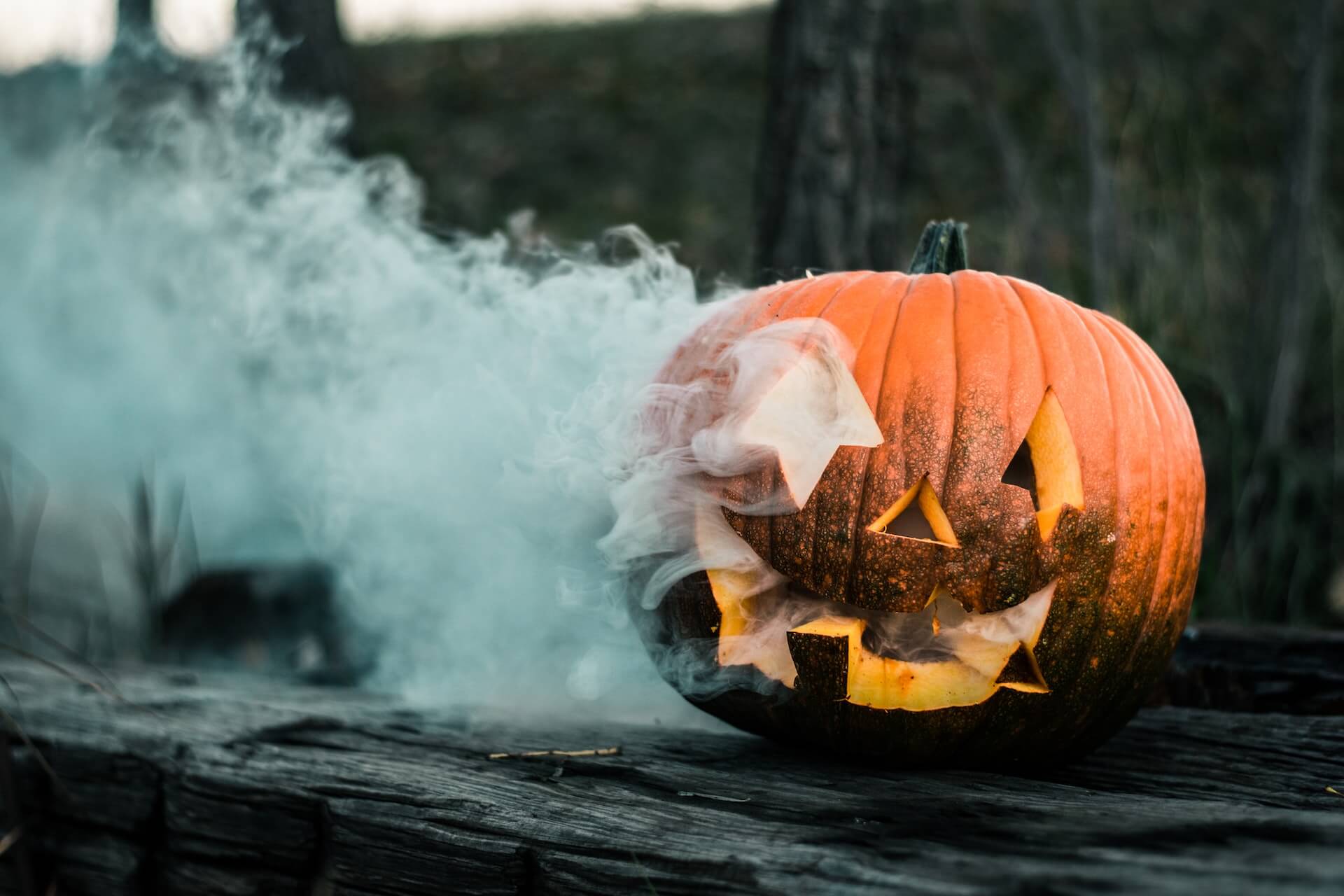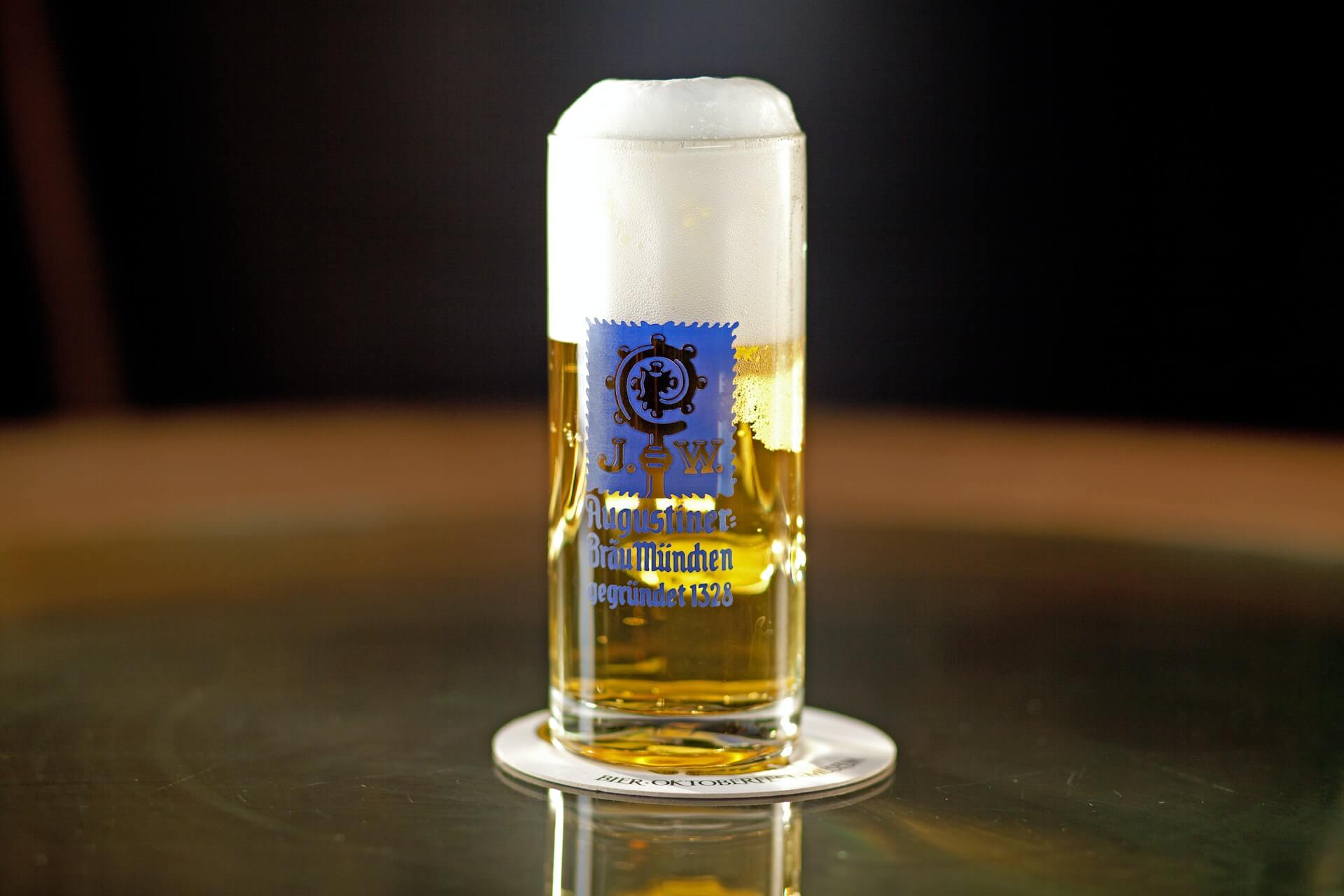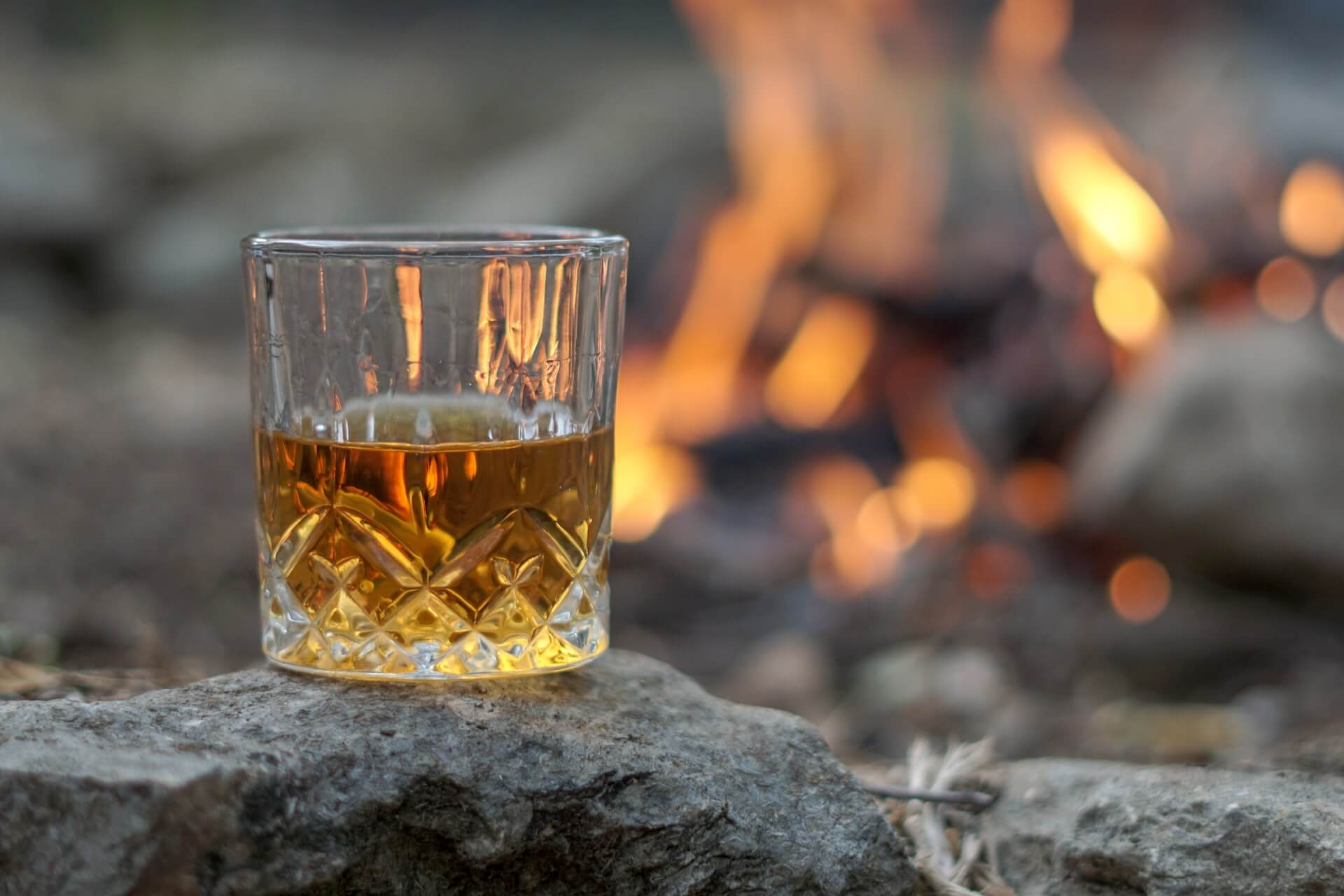7 Awesome Whiskey Podcasts
by David Klemt

Our National Bourbon Heritage Month celebration and inspiration continues with a roundup of seven of the best whiskey podcasts.
Of course we want you to listen to Bar Hacks for education, inspiration, and entertainment. However, we know it isn’t the only podcast you listen to.
Below you’ll find several whiskey-centric podcasts. These are absolutely some of the best podcasts out there if you’re seeking bourbon and whiskey knowledge.
So, after you catch up to your Bar Hacks listening, work the shows below into your rotation.
Cheers!
Whiskey Lore
As regular KRG Hospitality readers and newsletter subscribers know, we love diving into history and myths. When we’re researching a spirit, cocktail, or other beverage, we tend to find more fiction than fact. Of course, the facts are also just as interesting to us, so it’s a win-win for us and you.
So, it makes sense then that we’re kicking things off with Whiskey Lore. We love the rich and compelling stories that weave the intricate story of our industry. As it turns out, so does the Whiskey Lore podcast. Currently, the podcast is digging into the history and lore of Irish whiskey.
Latest episode: Irish Whiskey Pt. 5: The Lore of the River Boyne; Marrowbone Lane; Finding Old Irish Pure Pot Still
Bourbon & Banter
Honestly, I don’t know that I can describe the Bourbon & Banter podcast any better than the minds behind the show:
“Are you seeking a bourbon podcast that will educate and entertain you without the extra bloat associated with kissing a brand’s ass in search of advertising revenue or free samples? If so, welcome home my friend… In all seriousness though, give us a listen and you’ll find that we’re honest to a fault. You won’t find us pulling any punches when it comes to new bourbon reviews or when we explore the latest industry news and consumer trends.”
Latest episode: The Doctor is In – Bourbon & Banter Podcast Special Episode
The Fred Minnick Show
If you’re a whiskey lover and don’t know the name Fred Minnick, I would find that shocking. While not always a straight-up whiskey-only podcast, the Fred Minnick Show format is compelling. Rather than focus solely on reviewing whiskey, whiskey news, and interviews with industry experts, Fred also chats with guests about a wide range of topics.
Latest episode: What’s Up With Tom Brady? NFL Network’s Mike Garafolo Returns to Talk Quarterbacks | Russell’s Reserve 6 Year
WhiskyCast
The WhiskyCast podcast has been going strong since 2005. That makes this the world’s longest-running whiskey podcast. With 17 years’ worth of podcast goodness to listen to, you’ll never be without something whisky-focused to listen to and learn from. Their most current episoide is number 966, which is just staggeringly impressive.
Latest episode: Brother’s Bond: A Bourbon “Bromance”
Bourbon Lens
With nearly 200 episodes available, Bourbon Lens is delving deep into everything bourbon. However, they also discuss other types of whiskey through conversations with founders, blenders, and other industry experts. This is a must-listen podcast for whiskey lovers.
Latest episode: Off Hours with Bourbon Lens Episode 10: Sam Montgomery from Bardstown Bourbon Co.
Bourbon Pursuit
According to the show itself, Bourbon Pursuit is “the official podcast of bourbon.” With episodes going live every few days you’ll never be without something to listen to with this podcast. Bourbon news, bourbon reviews, bourbon interviews… Bourbon Pursuit may truly be the official pod of bourbon.
Latest episode: TWiB: Kentucky Bourbon Benefit Raises $1.4M, Little Book Series Launches “To The Finish”, Four Roses 2022 Limited Edition Small Batch
Dads Drinking Bourbon
The hosts of Dads Drinking Bourbon want you to #rethinkhowyoudrink. With this podcast you’ll get to hear blind tastings, side-by-side reviews, and interviews with people in the industry. While the hosts don’t claim to be experts, they do an excellent job providing listeners with useful information. As they say themselves, “At the end of the day, we know you just want to know if the whiskey is worth spending any money on.” Also, congratulations to the Dads Drinking Bourbon team on their 400th episode!
Latest episode: Review: IT’S OUR 400TH EPISODE! And we drink Barrell Batch 33
Image: Andrzej Nowak from Pixabay









